At the height of the Second World War, as the fighting came ever closer to Australian shores, our parents and grandparents were being sold a dream of tomorrow.
That dream was the ‘Post-War Home’: land, a house, and all the modern conveniences electricity could provide.
Ipswich recovered well following the war.
There were new collieries and the Moreton field remained the largest producer of Queensland coal, yielding 47 per cent of the state’s output in 1949.
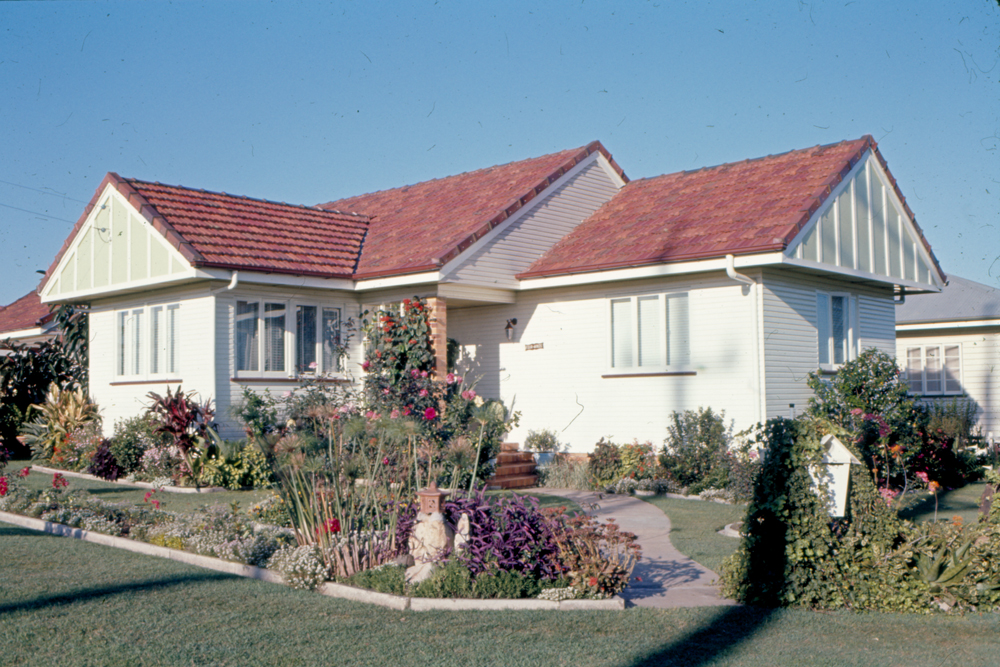
Four Winds, a post war home in Ipswich, 1969. Image: Picture Ipswich
Along with mining, came other industries and an influx of new residents.
To cater for these new residents, Ipswich expanded eastward, from Booval, to Ebbw Vale, Riverview and Redbank – the new estates following closely the railway line.
The houses of these new suburbs were at first modest structures.
Continued rationing of building materials limited the size of new homes.
Gone were the wrap around verandahs of the classic Ipswich Queenslander, and the building material of choice became fibrocement.
The next Ipswich Libraries Chasing Our Past At Home: Mid-Century Ipswich webinar, will explore the austerity period of the immediate post-war years and into the 1960s, a time when our houses underwent some radical design changes.
Register for Chasing Our Past At Home: Mid-Century Ipswich which will be held over Zoom on Tuesday, 2 February from 6pm until 7pm here, registrations close at 9am on the day.
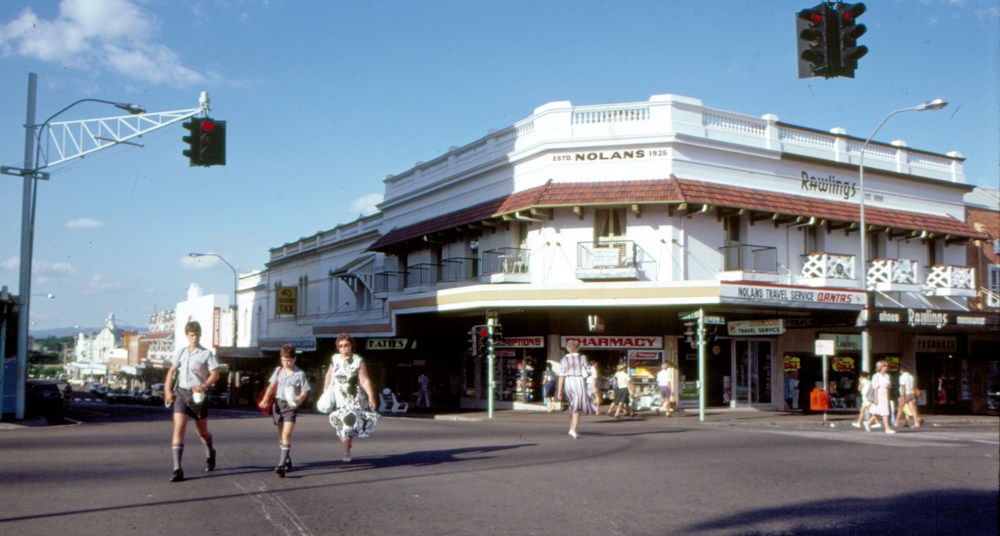
Nolan’s Corner, Ipswich, 1985 Image: Picture Ipswich/ Kerry Smith
Nolan’s Corner is an iconic building at the top of the Nicholas Street Precinct.
This building has been at the centre of retail in the Ipswich CBD for almost a century.
But before it was Nolan’s Corner, it was Greenham’s Chamber.
The Greenham family, who arrived as assisted immigrants in late 1855, consisted of husband John, wife Maria, and fourteen-year-old son John.
They came on the ship Conrad, disembarking at Moreton Bay before finding employment the following week and making their way upriver to Ipswich.
Ipswich provided just the opportunity for the family.
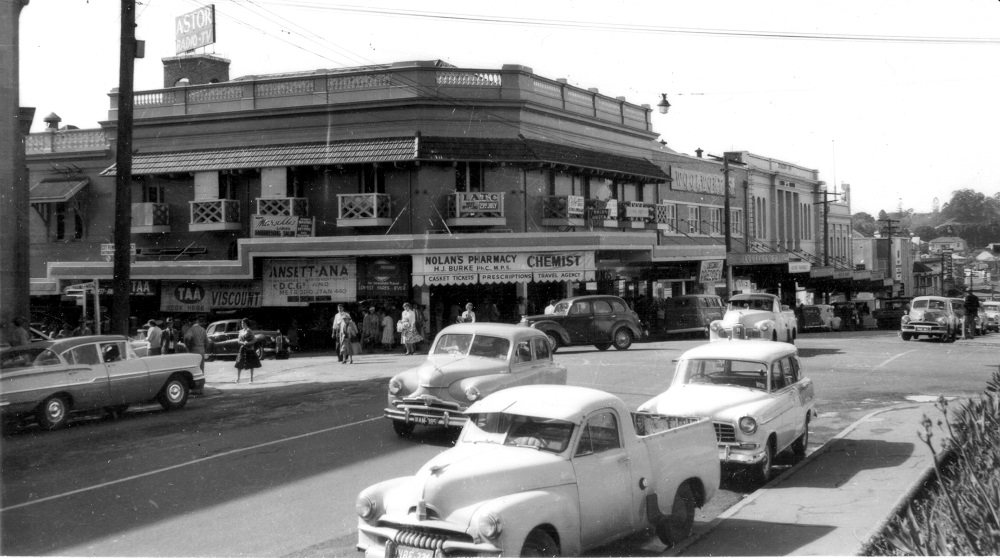
Nolan’s Corner 1960s. Image: Picture Ipswich
Their legacy can be found around the city which owes much to them and its many other hardworking and committed settlers.
Margaret Henty is a direct descendant of John Greenahm and she will explore the history of the Greenham family in Ipswich as part of Ipswich Libraries’ Chasing Our Past At Home Series – The Quest for the Greenhams in Ipswich.
Register for Chasing Our Past At Home – The Quest for the Greenhams in Ipswich which will be held over Zoom on Tuesday, 16 February from 6pm until 7pm here, registrations close at 9am on the day.
Eleanor Constance Greenham (15 April 1874 – 31 December 1957)
Eleanor Greenham, born in Ipswich, attended Ipswich Central Girls’ and Infants School, followed by Brisbane Girls Grammar School, from 1889-1890.
When Ipswich Girls Grammar School opened in 1892, Miss Greenham was the first student to be enrolled.
During her time at the school, she won prizes for science and completed a senior public examination for university entrance.
In 1895, Miss Greenham moved to Sydney to attend the University of Sydney, studying a Bachelor of Arts during her first year, before starting her medical studies.
In 1901, Miss Greenham was the first Queensland-born women to graduate in medicine.
She worked at Lady Bowen Hospital, Brisbane, before setting up private practice in 1903.
In 1945 she was awarded honorary membership to the Queensland Medical Women’s Society and in 1953 she was given honorary membership to the Queensland branch of the British Medical Association.
Dr Greenham was also one of the first women in Queensland to own a car.
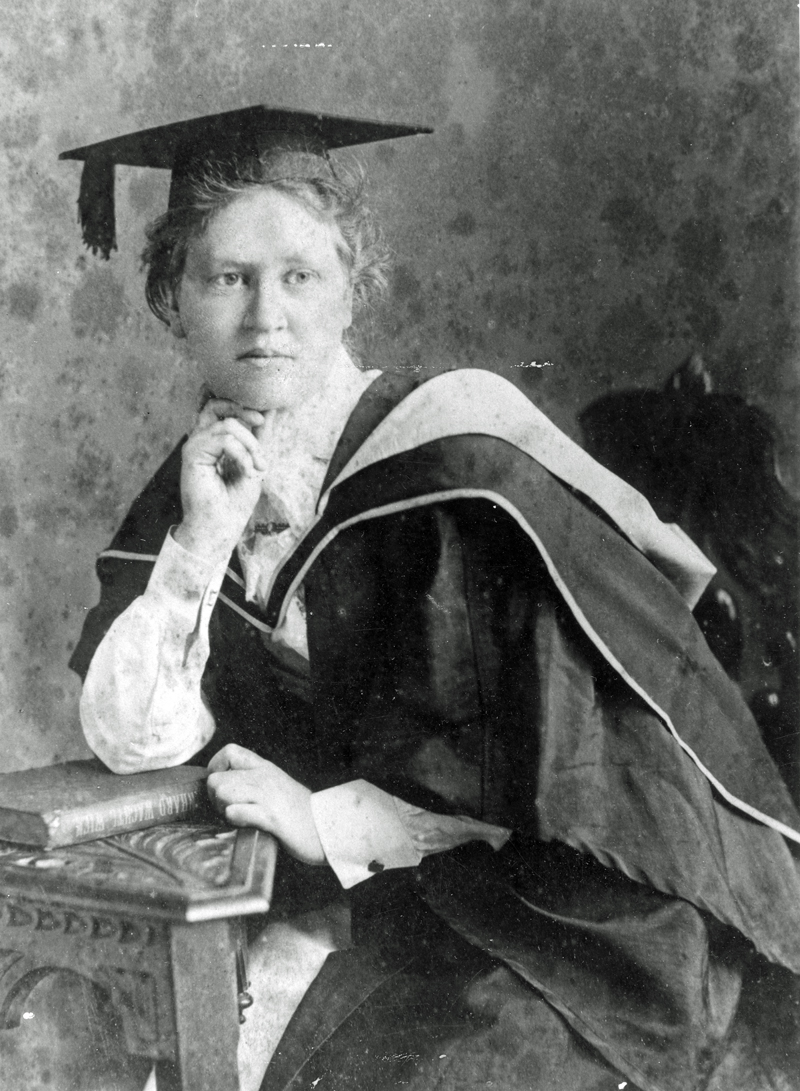
Eleanor Greenham, thought to be after Graduation Ceremony, Sydney, 1901. Image: Picture Ipswich


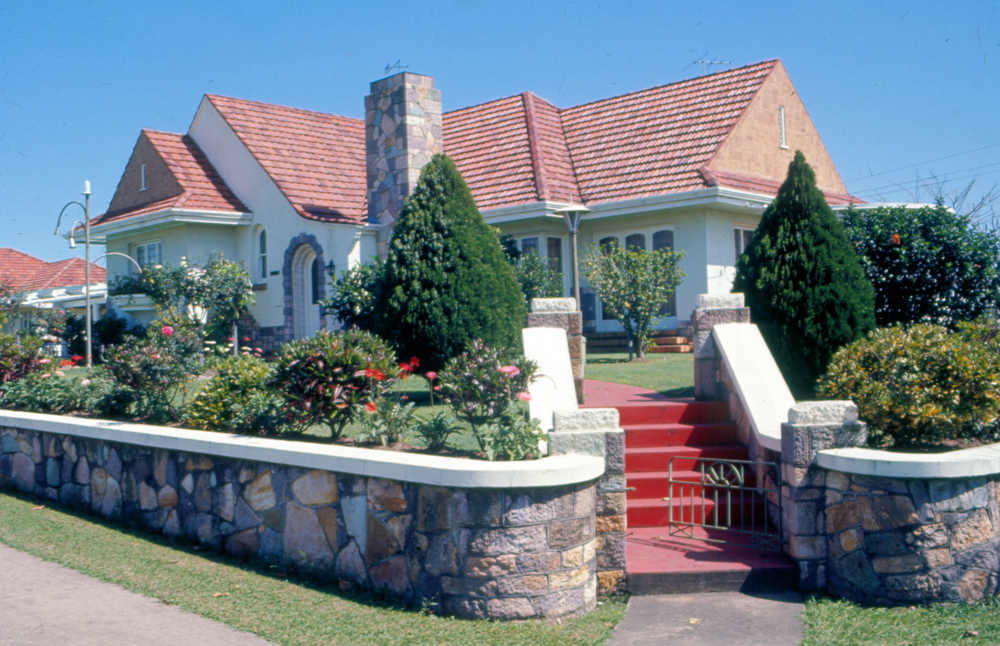

There’s an identical house to the Fox Street property in Camp Hill; on the corner of Glanosmond Avenue and Old Cleveland Road. It recently had an attic addition.
My parents’ home at 96 Ellen St Oxley is a slightly less elaborate version, built with second hand bricks and completed in early fifties.